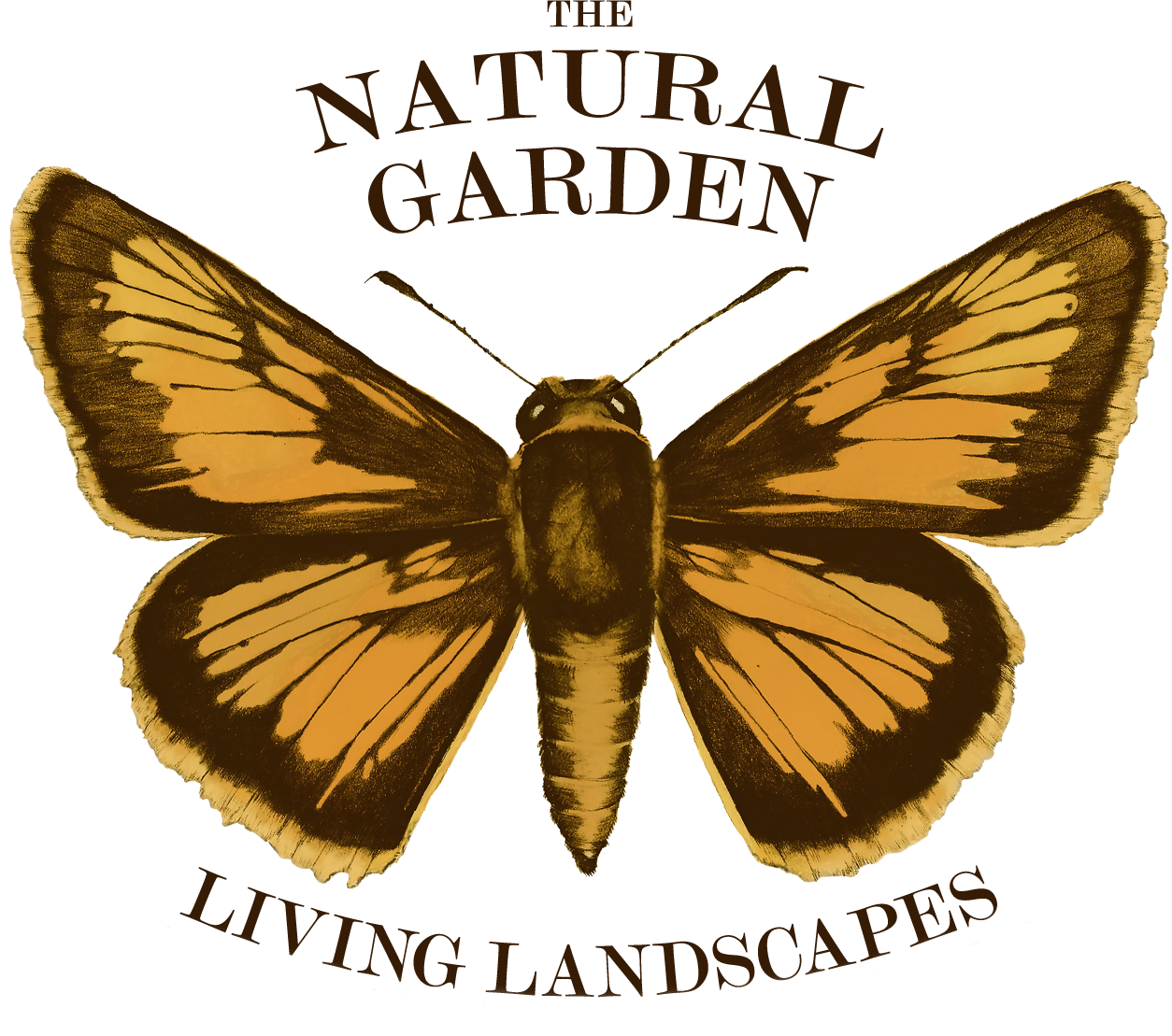 Image 1 of
Image 1 of


Anemone canadensis (Canada Anemone)
grows 1-2 ft. tall
grows in full sun to part sun
prefers medium to wet soils
white blooms April-June
natural habitat: mesic forests, river banks, flood plains, low moist meadows, ditches, and moist thickets
host plant for veiled ear moth and the one-lined Sparganosis
resistant to black walnut toxicity (juglone)
deer resistant
companion plants: consider a lower growing species that can compete well with this naturalizing plant. Lobelia species (L. siphilitica and L. cardinalis), Liatris spicata, Conoclinium coelestinum, and Carex species
grows 1-2 ft. tall
grows in full sun to part sun
prefers medium to wet soils
white blooms April-June
natural habitat: mesic forests, river banks, flood plains, low moist meadows, ditches, and moist thickets
host plant for veiled ear moth and the one-lined Sparganosis
resistant to black walnut toxicity (juglone)
deer resistant
companion plants: consider a lower growing species that can compete well with this naturalizing plant. Lobelia species (L. siphilitica and L. cardinalis), Liatris spicata, Conoclinium coelestinum, and Carex species
grows 1-2 ft. tall
grows in full sun to part sun
prefers medium to wet soils
white blooms April-June
natural habitat: mesic forests, river banks, flood plains, low moist meadows, ditches, and moist thickets
host plant for veiled ear moth and the one-lined Sparganosis
resistant to black walnut toxicity (juglone)
deer resistant
companion plants: consider a lower growing species that can compete well with this naturalizing plant. Lobelia species (L. siphilitica and L. cardinalis), Liatris spicata, Conoclinium coelestinum, and Carex species











